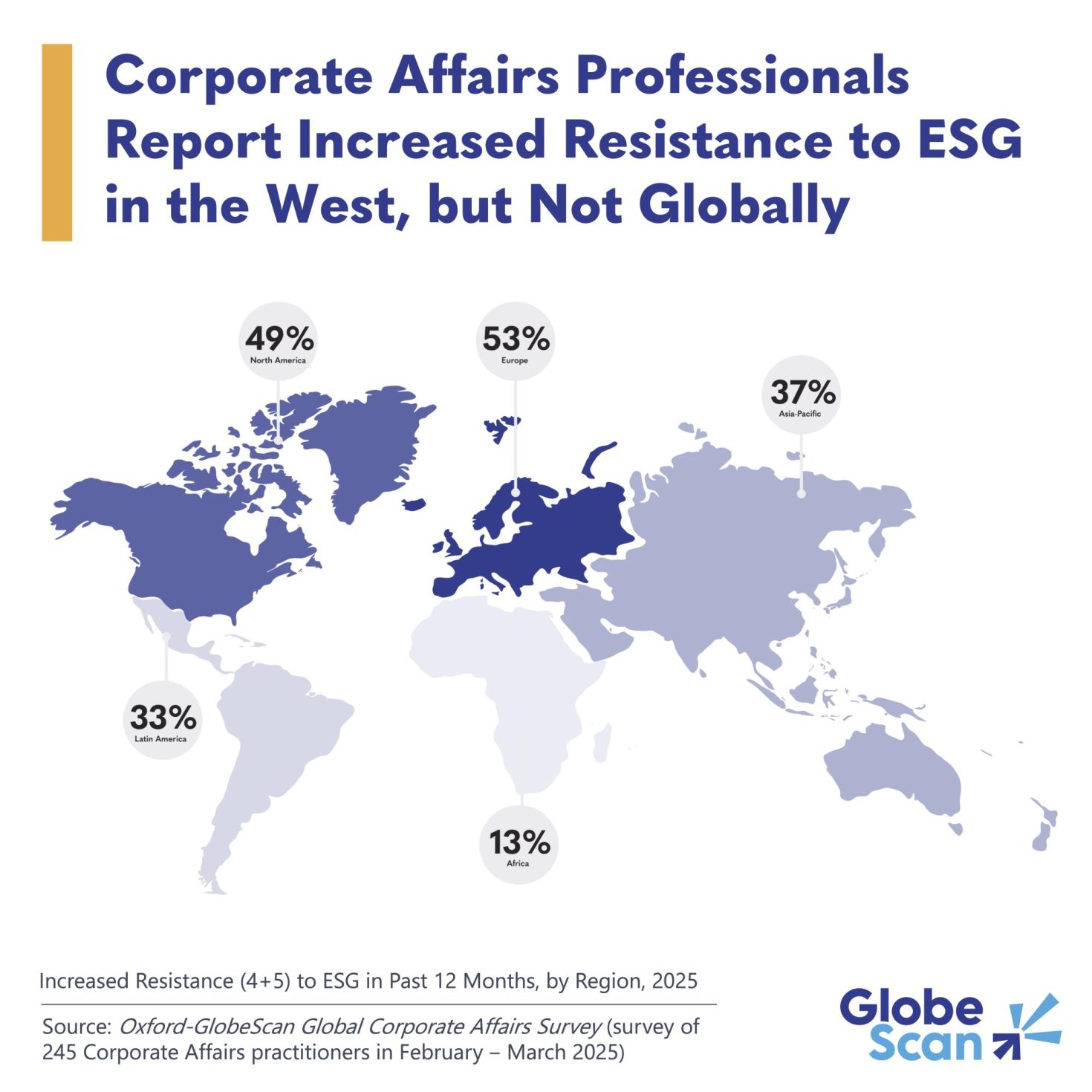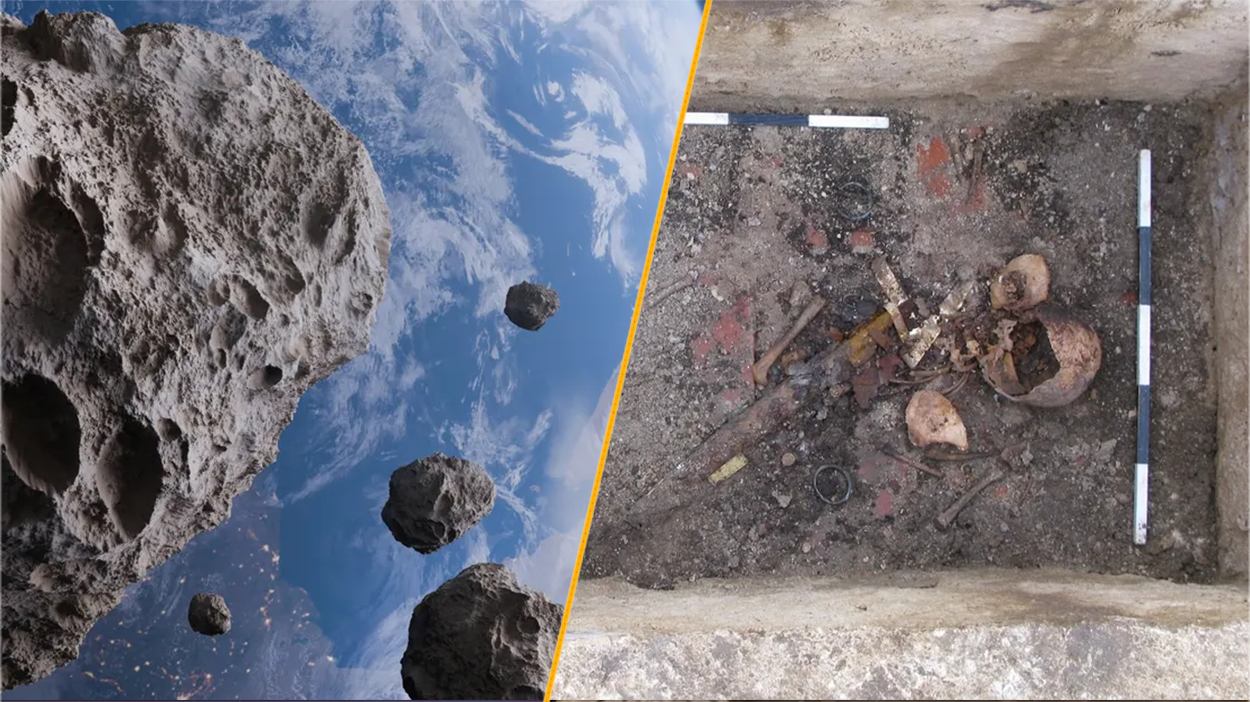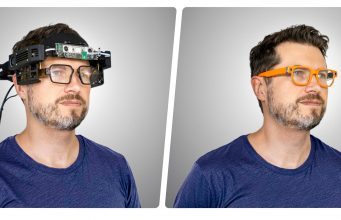Next Big Thing? 3D Cell Culture Market is on the Rise
Market Overview
Key Market Growth Drivers
1. Advancements in Tissue Engineering and Regenerative Medicine
The rise in tissue engineering applications has significantly contributed to the growth of the 3D cell culture market. 3D cultures provide a more realistic environment for cells, facilitating the development of functional tissue constructs used in regenerative medicine. This has led to improved outcomes in tissue repair and replacement therapies.
2. Increased Focus on Drug Discovery and Development
Pharmaceutical and biotechnology companies are increasingly adopting 3D cell culture models for drug screening and toxicity testing. These models offer better predictive accuracy for human responses, reducing the reliance on animal testing and improving the efficiency of the drug development process.
3. Growing Demand for Personalized Medicine
The shift towards personalized medicine has necessitated the development of patient-specific models. 3D cell cultures enable the creation of customized tissue models, allowing for individualized testing of drug efficacy and safety, thereby enhancing treatment outcomes.
4. Limitations of Traditional 2D Cell Cultures
Traditional 2D cultures fail to replicate the complex cell-cell and cell-matrix interactions present in vivo. 3D cultures overcome these limitations by providing a more accurate representation of the cellular microenvironment, leading to more reliable experimental results.
Market Challenges
1. High Costs and Technical Complexity
The implementation of 3D cell culture techniques involves higher costs and technical complexities compared to 2D cultures. This includes the need for specialized equipment, materials, and expertise, which can be a barrier for smaller research institutions and companies.
2. Standardization and Reproducibility Issues
Achieving consistent and reproducible results in 3D cell cultures remains a challenge due to variability in scaffold materials and culture conditions. Standardization across laboratories is essential to ensure the reliability of experimental outcomes.
3. Scalability for High-Throughput Screening
While 3D cultures offer more physiologically relevant models, scaling up these systems for high-throughput screening is challenging. Developing automated and scalable platforms is crucial to meet the demands of large-scale drug screening programs.
Browse Full Insights:
https://www.polarismarketresearch.com/industry-analysis/3d-cell-culture-market
Regional Analysis
North America
North America dominates the 3D cell culture market, accounting for approximately 46.9% of the global market share in 2023 . This is attributed to the presence of major pharmaceutical companies, advanced research infrastructure, and significant investments in biomedical research.
Europe
Europe holds a substantial share of the market, driven by strong government support for research and development, as well as collaborations between academic institutions and industry players. Countries like Germany, the UK, and France are leading contributors to market growth in the region.
Asia-Pacific
The Asia-Pacific region is expected to witness the highest growth rate during the forecast period, owing to increasing investments in healthcare infrastructure, rising awareness of advanced cell culture techniques, and growing pharmaceutical industries in countries like China, India, and Japan.
Latin America and Middle East & Africa
These regions are gradually adopting 3D cell culture technologies, with growth driven by improving healthcare systems, increasing research activities, and collaborations with global market players. However, market penetration remains limited compared to developed regions.
Key Companies
Several key players are actively contributing to the growth of the 3D cell culture market through product innovation, strategic partnerships, and expansion into emerging markets. Notable companies include:
-
Thermo Fisher Scientific Inc.: Offers a comprehensive range of 3D cell culture products, including scaffolds, media, and bioreactors.
-
Merck KGaA: Provides advanced 3D cell culture solutions for drug discovery and tissue engineering applications.
-
Lonza Group AG: Specializes in developing 3D cell culture platforms for regenerative medicine and biopharmaceutical production.
-
Corning Incorporated: Known for its innovative scaffold-based 3D cell culture systems and consumables.
-
InSphero AG: Focuses on providing 3D microtissue models for high-throughput drug screening and toxicology studies.
Conclusion
The 3D cell culture market is poised for significant growth, driven by the increasing demand for more accurate and predictive in vitro models in biomedical research. Advancements in tissue engineering, regenerative medicine, and drug discovery are propelling the adoption of 3D cell culture techniques. Despite challenges related to cost, standardization, and scalability, ongoing technological innovations and increasing investments in research are expected to overcome these barriers, leading to widespread adoption across various sectors.
More Trending Latest Reports By Polaris Market Research:
Outdoor Warning Sirens Market: An Effective Solution for Natural Calamities
Aviation Crew Management Market
Aviation Crew Management Market
























































































































































